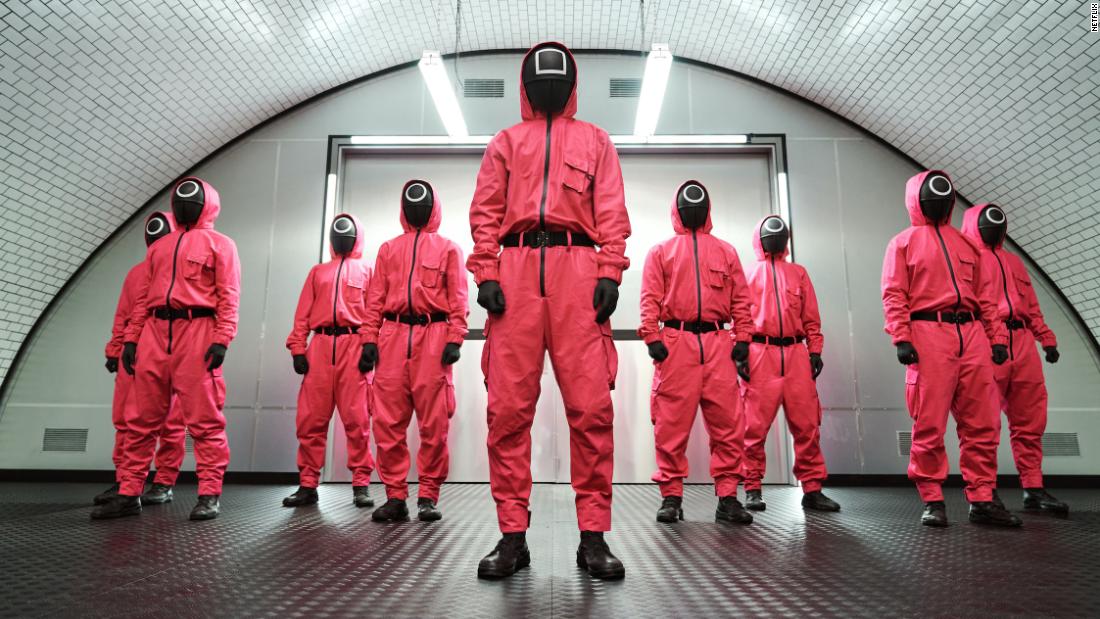Who Invented the Jigsaw Puzzle? A Fascinating Journey Through History
When you think of jigsaw puzzles, you likely imagine a relaxing pastime, a way to unwind, or even a challenging brain teaser. But have you ever wondered, who invented the jigsaw puzzle? The history of this beloved activity is as intricate and fascinating as the puzzles themselves.
Who Invented the Jigsaw Puzzle? A Fascinating Journey Through History
When you think of jigsaw puzzles, you likely imagine a relaxing pastime, a way to unwind, or even a challenging brain teaser. But have you ever wondered, who invented the jigsaw puzzle? The history of this beloved activity is as intricate and fascinating as the puzzles themselves. In this article, we’ll explore the origins of the jigsaw puzzle, its evolution over time, and how it became a global phenomenon. Whether you're a puzzle enthusiast or simply curious, this deep dive into the invention of the jigsaw puzzle will leave you with a newfound appreciation for this timeless activity.
The Origins of the Jigsaw Puzzle: A Historical Overview
The jigsaw puzzle, as we know it today, has its roots in the 18th century. The credit for inventing the first jigsaw puzzle goes to John Spilsbury, a British cartographer and engraver. In 1767, Spilsbury created what is considered the world’s first jigsaw puzzle. But why did he create it, and how did it come to be?
Spilsbury’s original puzzle was not designed for entertainment but rather as an educational tool. He mounted a map of the world onto a sheet of wood and carefully cut around the borders of countries using a marquetry saw. This allowed students to piece together the map, learning geography in a hands-on and engaging way. His invention was an instant hit among educators and students alike, and it laid the foundation for the jigsaw puzzles we enjoy today.
Why Was It Called a "Jigsaw" Puzzle?
Interestingly, the term "jigsaw puzzle" wasn’t used until much later. Spilsbury’s original creation was called a "dissected map." The name "jigsaw puzzle" came into use in the early 20th century when fretsaws, also known as jigsaws, became the primary tool for cutting the puzzles. These saws allowed for more intricate and precise cuts, enabling the creation of complex and artistic designs.
The Evolution of Jigsaw Puzzles

1. The 18th and 19th Centuries: Educational Beginnings
After Spilsbury’s invention, dissected maps became a staple in classrooms across Europe. Puzzles were primarily made of wood and featured maps, historical scenes, and biblical stories. They were expensive to produce, making them a luxury item for the wealthy.
2. The Early 20th Century: Mass Production and Popularity
The invention of die-cutting machines in the late 19th century revolutionized the jigsaw puzzle industry. Cardboard puzzles became affordable and accessible to the masses. Companies like Parker Brothers and Milton Bradley began producing puzzles featuring a wide range of images, from landscapes to famous artworks.
During the Great Depression, jigsaw puzzles experienced a surge in popularity. They provided an inexpensive form of entertainment for families struggling financially. Puzzle rental services even emerged, allowing people to rent puzzles for a small fee.
3. The Mid-20th Century: A Golden Age
The mid-1900s saw the rise of intricate and challenging puzzles. Companies like Ravensburger and Springbok introduced high-quality puzzles with unique shapes and vibrant images. Puzzles became a favorite pastime for people of all ages.
4. The Digital Age: Puzzles Go Virtual
With the advent of computers and smartphones, jigsaw puzzles entered the digital realm. Online platforms and mobile apps now offer virtual puzzles, allowing users to enjoy the activity anytime, anywhere. Despite this shift, traditional cardboard and wooden puzzles remain popular, proving the enduring appeal of this classic pastime.
The Impact of Jigsaw Puzzles on Society
Jigsaw puzzles have had a profound impact on society, transcending their original purpose as educational tools. Here are some ways they’ve influenced culture and daily life:
1. Cognitive Benefits
Puzzles are known to improve cognitive skills such as problem-solving, memory, and spatial awareness. They also promote patience, concentration, and attention to detail.
2. Social Connection
Puzzles have a unique ability to bring people together. Families and friends often gather to work on puzzles, fostering teamwork and communication.
3. Stress Relief
In today’s fast-paced world, jigsaw puzzles offer a calming escape. The repetitive and meditative nature of piecing together a puzzle can reduce stress and anxiety.
4. Artistic Expression

Fun Facts About Jigsaw Puzzles
-
The world’s largest jigsaw puzzle, created by Ravensburger, measures over 65,000 square feet and consists of 1,141,800 pieces.
-
The most expensive puzzle ever sold was a custom-made wooden puzzle priced at $27,000.
-
During World War II, British intelligence used puzzles to test the mental fitness of recruits.
Conclusion: The Enduring Legacy of the Jigsaw Puzzle
So, who invented the jigsaw puzzle? Thanks to John Spilsbury’s innovative spirit, we have a timeless activity that continues to captivate people of all ages. From its origins as an educational tool to its status as a global pastime, the jigsaw puzzle has come a long way. Its ability to entertain, educate, and connect people is a testament to its enduring appeal.
Whether you’re a seasoned puzzler or a curious beginner, there’s no denying the charm of a well-crafted jigsaw puzzle. So, the next time you sit down to piece together a puzzle, take a moment to appreciate the rich history behind this beloved activity. Who knows? You might just find yourself inspired to create your own masterpiece.
SEO Optimization Tips for "Who Invented the Jigsaw Puzzle"
-
Primary Keyword: "Who invented the Jigsaw Puzzle" (used in the title, introduction, and throughout the article).
-
Secondary Keywords: "history of jigsaw puzzles," "John Spilsbury," "evolution of jigsaw puzzles," "benefits of jigsaw puzzles."
-
Meta Description: Discover who invented the jigsaw puzzle and explore its fascinating history, evolution, and impact on society. Learn how this timeless activity became a global phenomenon.
-
Internal Links: Link to related articles like "The Benefits of Jigsaw Puzzles for Mental Health" or "Top 10 Jigsaw Puzzle Brands."
-
External Links: Include authoritative sources such as historical archives or puzzle manufacturer websites.
-
Image Alt Text: Use descriptive alt text for images, such as "John Spilsbury’s first jigsaw puzzle" or "Vintage wooden jigsaw puzzle."
By combining engaging storytelling with SEO best practices, this article not only answers the question "Who invented the jigsaw puzzle?" but also provides valuable insights for puzzle enthusiasts and history buffs alike.
What's Your Reaction?



















